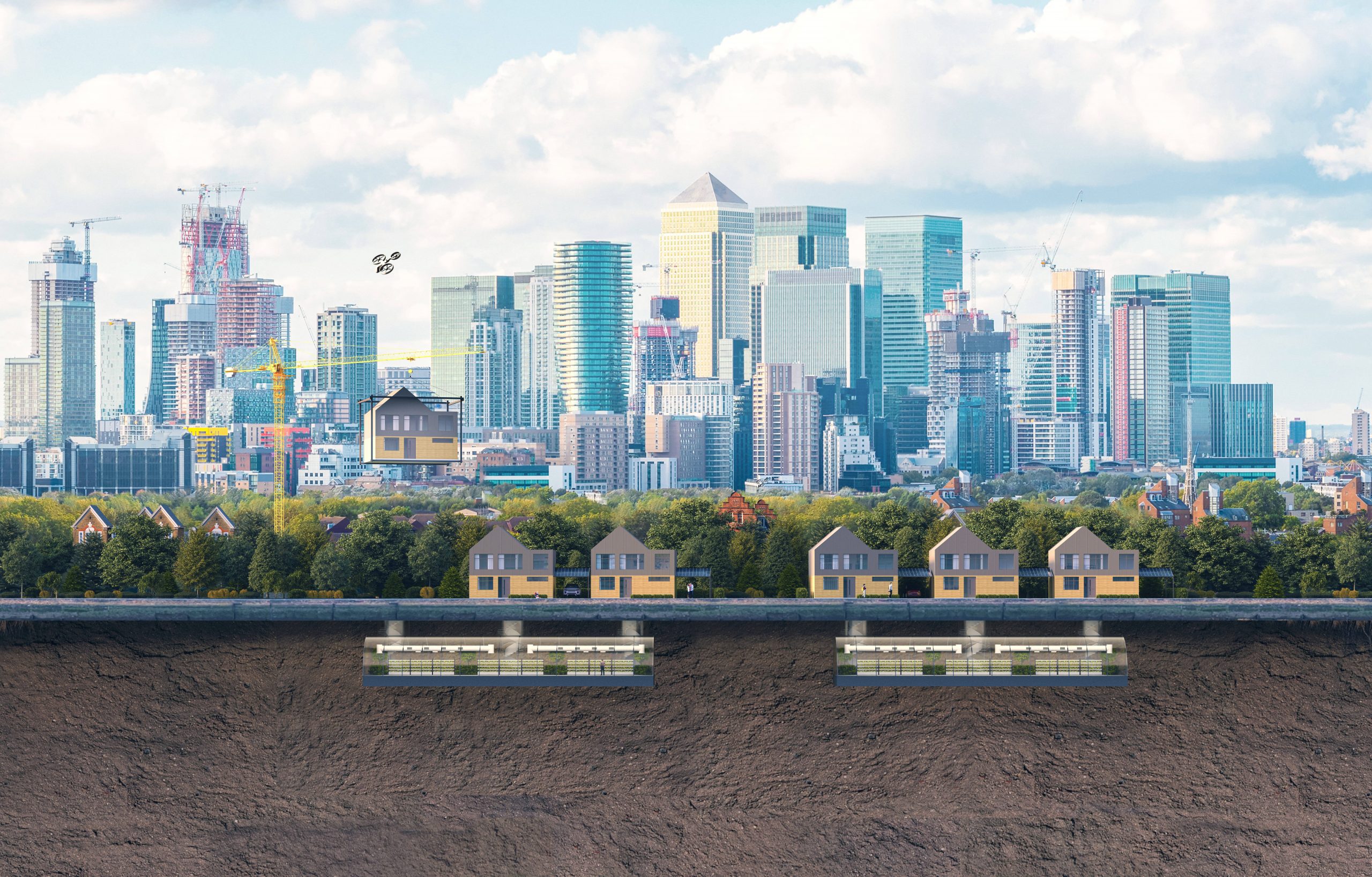Everyday Life In this article, we will explore the basic concepts of IoT and how this revolution has permeated our everyday lives. From smart homes that provide seamless convenience, connected vehicles that improve mobility efficiency, smart cities that optimize the use of resources, to IoT-based healthcare that is changing the way diagnosis and treatment are carried out.
1: Basic Concepts of Internet of Things (IoT)
Internet of Things (IoT) is a term we hear more and more in the world of technology. The basic concept behind IoT is connecting different devices online, enabling them to communicate and interact with each other. By leveraging internet connectivity, IoT has paved the way for expanding the reach of technology in everyday life.
2: IoT Applications in Smart Homes
One of the most well-known examples of implementing IoT is the smart home. In a smart home, devices such as lights, thermostats, door locks and other electronic devices are connected to the internet network and can be controlled via smartphones or voice commands. With a smart home, residents can adjust the room temperature, turn on or turn off the lights, and monitor their home remotely. This not only increases comfort, but also helps save energy by optimizing the use of devices in the home.
3: Connected Vehicles and the Future of Mobility
The connected car is one of the most exciting innovations in the world of IoT. Through sensors and internet connectivity, cars can communicate with each other and with the road infrastructure. This opens up opportunities to improve safety, reduce traffic congestion and improve fuel efficiency. For example, connected cars can provide early warning of road hazards, choose the fastest lane based on actual traffic, and even set stop times at traffic lights to reduce waiting times.
4: Smart City and its Benefits for Citizens
Smart city is the idea of connecting various urban infrastructure and services through IoT. By leveraging sensors and data collection systems, smart cities can optimize the use of resources such as electricity, water and waste. It also enables better monitoring of other important aspects, such as traffic jams, air quality and public safety. By implementing IoT technology, cities can improve the quality of life of their citizens, create more sustainable environments and provide better accessibility to public services.
5: IoT-Based Health Care and Medical Innovation
IoT has unlocked great potential in the healthcare field. By utilizing connected sensors and wearable devices, patients can monitor their health conditions in real-time. For example, monitoring heart rate, blood pressure, glucose levels, and physical activity can be done easily through wearable devices connected to health applications or platforms. This enables patients and healthcare professionals to more effectively monitor health developments and provide early intervention when needed.
Conclusion:
The Internet of Things (IoT) revolution has had a significant impact on our daily lives. From smart homes that provide convenience and energy efficiency, connected vehicles that increase mobility. Smart cities that optimize resource use, to IoT-based healthcare that provides more. Personalized diagnosis and treatment, IoT has permeated nearly every aspect of our lives.
Through internet connectivity, IoT has created a connected ecosystem, where devices. Communicate and interact with each other to provide extraordinary benefits. In terms of convenience, we can control our homes remotely, adjust the room temperature. Turn off or turn on electronic devices, and monitor our homes easily. Energy efficiency is also improved, so that we can reduce electricity consumption and optimize the use of resources.

